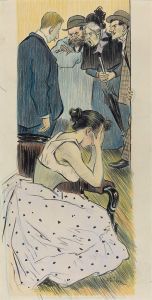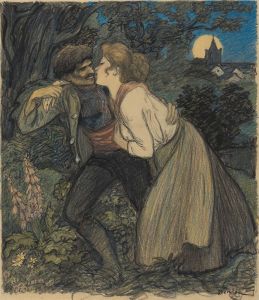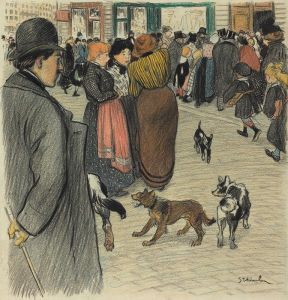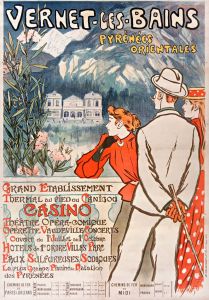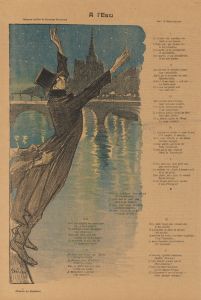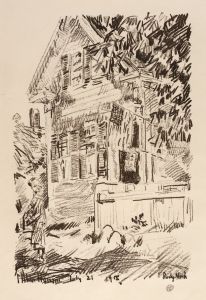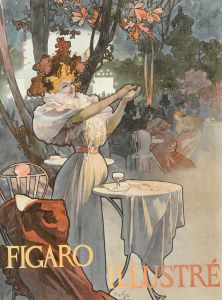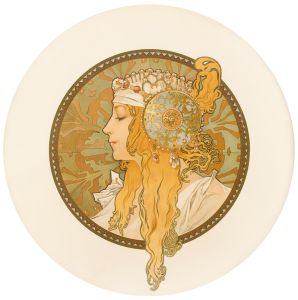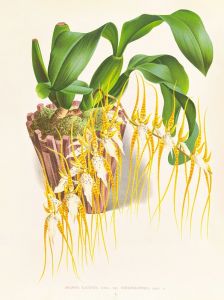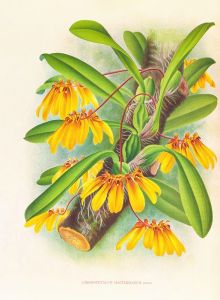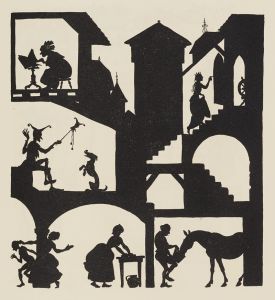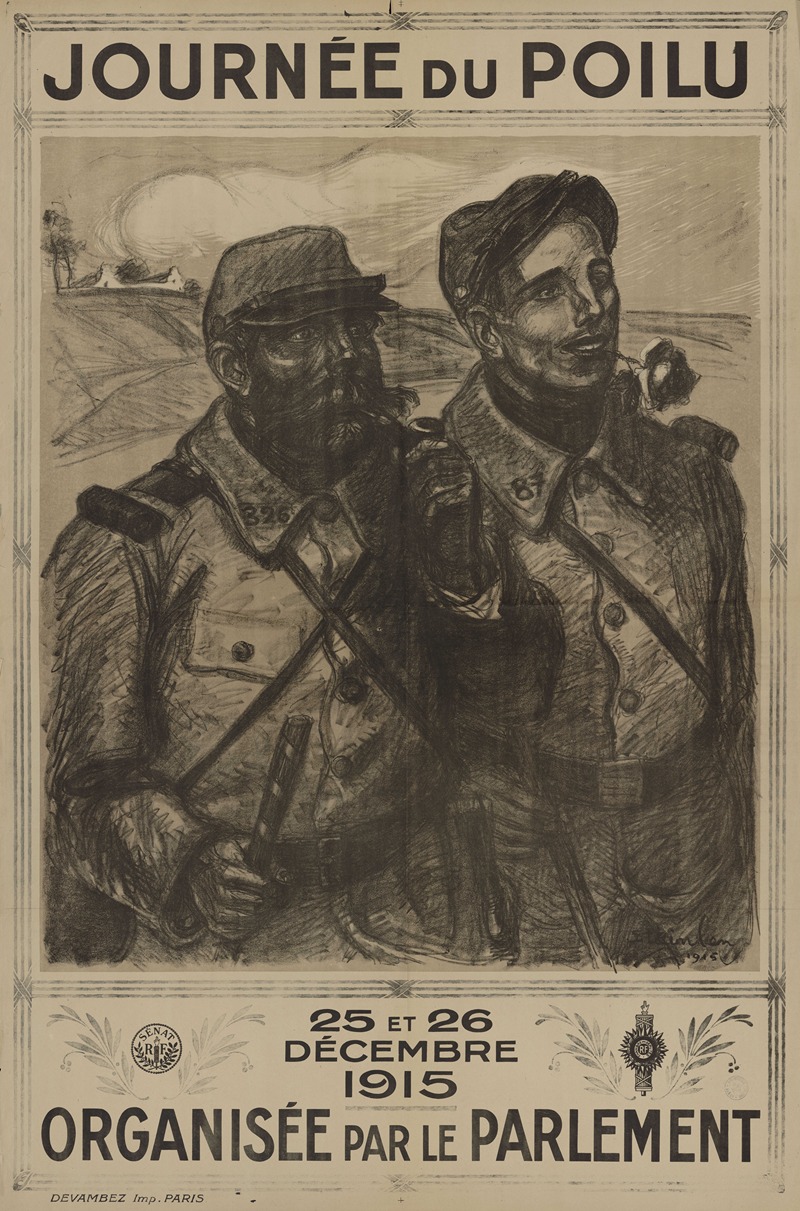
Journée du poilu 25 et 26 décembre 1915 organisée par le parlement
A hand-painted replica of Théophile Alexandre Steinlen’s masterpiece Journée du poilu 25 et 26 décembre 1915 organisée par le parlement, meticulously crafted by professional artists to capture the true essence of the original. Each piece is created with museum-quality canvas and rare mineral pigments, carefully painted by experienced artists with delicate brushstrokes and rich, layered colors to perfectly recreate the texture of the original artwork. Unlike machine-printed reproductions, this hand-painted version brings the painting to life, infused with the artist’s emotions and skill in every stroke. Whether for personal collection or home decoration, it instantly elevates the artistic atmosphere of any space.
Théophile Alexandre Steinlen, a Swiss-born French Art Nouveau painter and printmaker, is renowned for his contributions to the art world during the late 19th and early 20th centuries. One of his notable works is the poster "Journée du poilu 25 et 26 décembre 1915 organisée par le parlement," which translates to "Day of the Infantryman, December 25 and 26, 1915, organized by the parliament." This artwork was created during World War I, a period when art was often used as a tool for propaganda and morale-boosting.
Steinlen was known for his empathetic depictions of the working class and his ability to capture the essence of Parisian life. During the war, he applied his talents to support the French war effort. The term "poilu" refers to the French infantrymen of World War I, literally meaning "hairy one," a nickname that highlighted their rugged and enduring nature. The "Journée du poilu" was an event organized to honor these soldiers and raise funds for their welfare and the war effort.
The poster created by Steinlen for this event is a striking example of wartime art. It features a powerful image of a French soldier, or poilu, depicted with a sense of dignity and resilience. The soldier is often shown in uniform, with a determined expression, symbolizing the bravery and sacrifice of the French troops. The use of bold lines and a limited color palette is characteristic of Steinlen's style, which was influenced by his background in printmaking and poster design.
Steinlen's work during this period was not only artistic but also served a practical purpose. Posters like "Journée du poilu" were used to communicate messages to the public, encouraging support for the war effort and fostering a sense of national unity. The artwork would have been displayed in public spaces, reaching a wide audience and contributing to the collective war effort.
The historical context of this piece is significant. By December 1915, World War I had been raging for over a year, and the toll on soldiers and civilians alike was immense. Events like the "Journée du poilu" were crucial in maintaining public morale and ensuring continued support for the troops. Steinlen's poster played a role in this by visually encapsulating the spirit of the French soldiers and the importance of supporting them.
Steinlen's contribution to wartime art extended beyond this single piece. Throughout the war, he created numerous works that highlighted the experiences of soldiers and civilians, using his art to comment on the social and political issues of the time. His ability to convey emotion and narrative through his art made him a significant figure in the world of propaganda art during World War I.
In summary, Théophile Alexandre Steinlen's "Journée du poilu 25 et 26 décembre 1915 organisée par le parlement" is a notable example of wartime art that combines artistic skill with a powerful message. It reflects the historical context of World War I and the role of art in supporting the war effort. Steinlen's work remains an important part of the cultural history of this period, illustrating the intersection of art, politics, and society during a time of global conflict.






